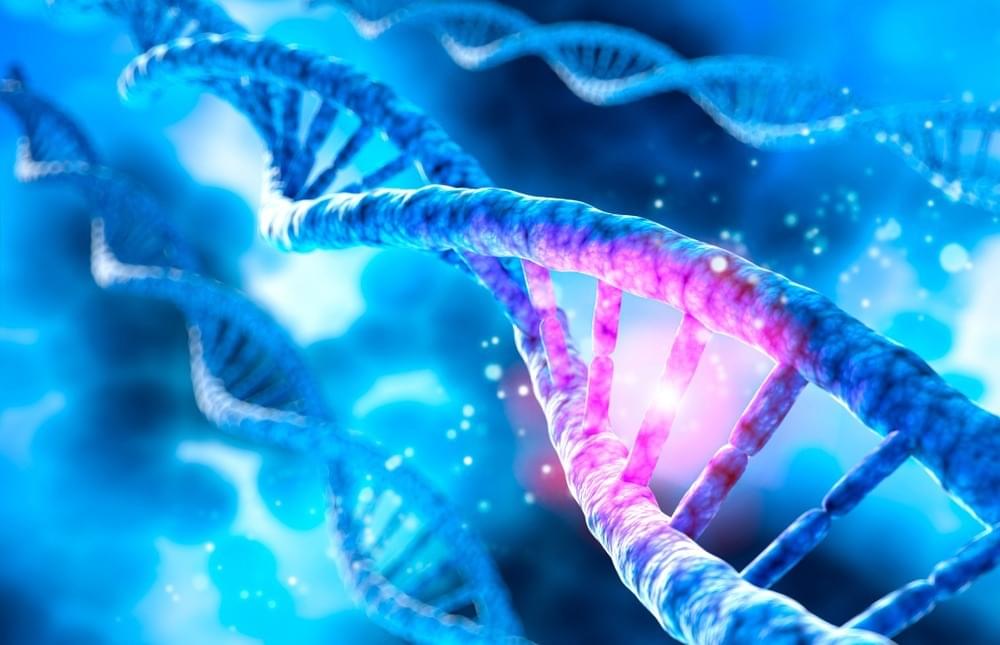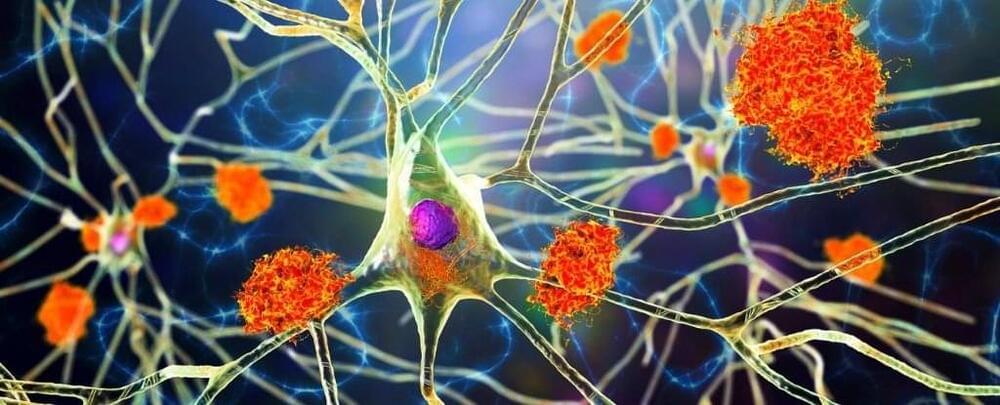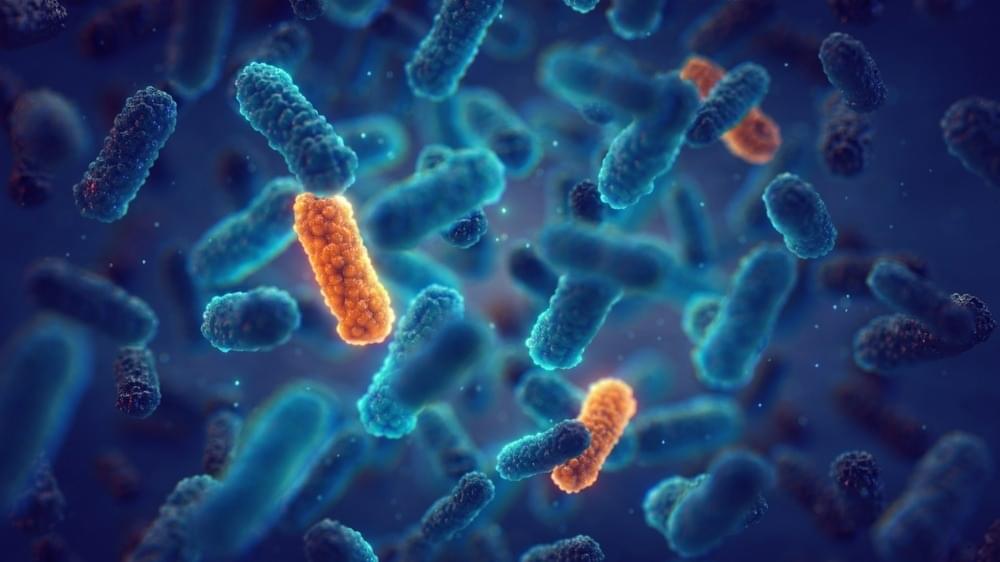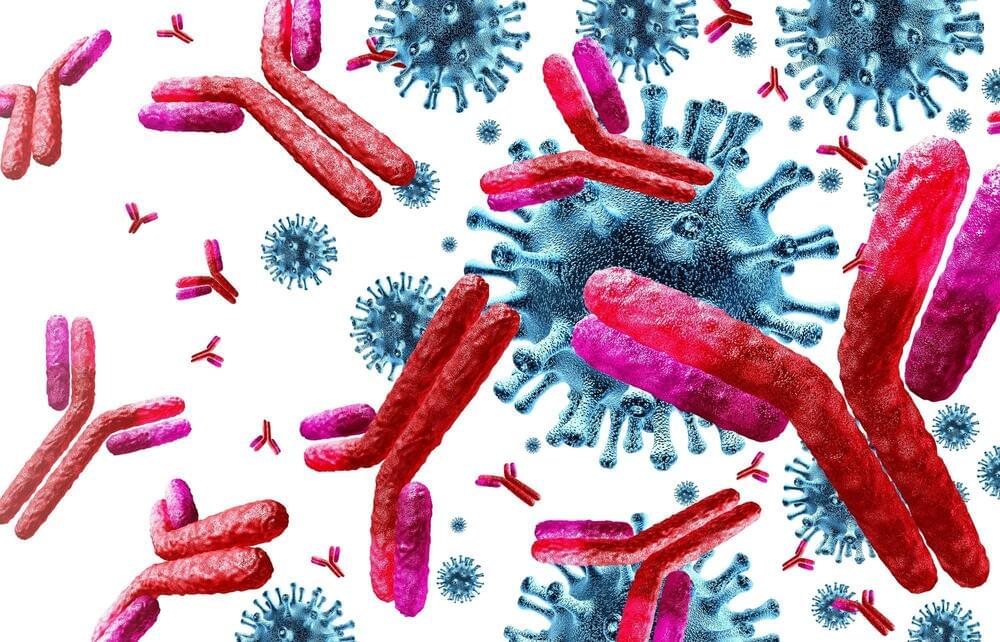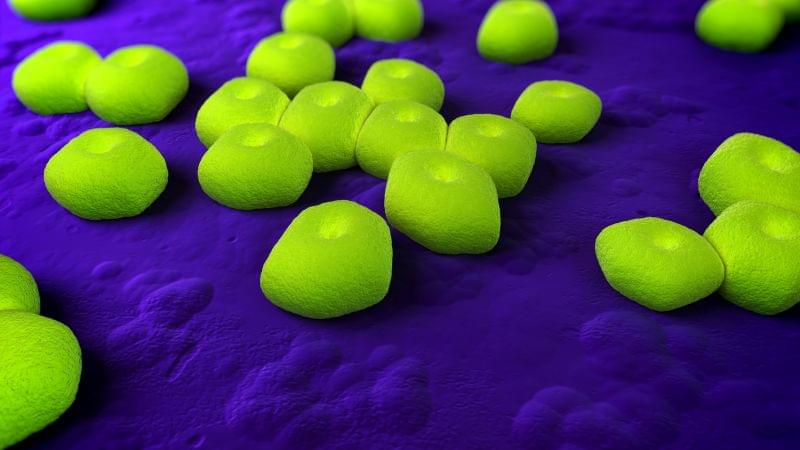In a recent study published in Molecular Psychiatry, researchers explored the effects of a small humanin-like peptide 2 (SHLP2) variant on mitochondrial function.
Mitochondria are implicated in Parkinson’s disease (PD) pathogenesis. Mitochondrial-derived peptides (MDPs) are microproteins encoded from small open reading frames (sORFs) in the mitochondrial DNA (mtDNA). SHLP2 is an MDP with an essential role in multiple cellular processes, and it improves mitochondrial metabolism by increasing biogenesis and respiration and reducing oxidation.
Recent studies link mitochondrial single nucleotide polymorphisms (mtSNPs) within coding regions of MDPs to age-related deficits. For instance, m.2706 A G, an mtSNP in humanin, predicts reduced circulating levels of humanin and worse cognitive decline. Moreover, another mtSNP, m.2158 T C, is associated with reduced PD risk, albeit the underlying mechanisms are unknown.
